How To Use Grow Lights To Grow Healthy Plants Indoors?
From choosing the right method to knowing how to light up, healthy next is how to keep your indoor plants happy with grow lights.
From America’s bright farms and city gardens to the legal cannabis industry, the lighting we grow indoors has become a multi-billion industry.
Closer to home, on our windowsills and coffee tables, we’ve grown increasingly fascinated by leafy banyan trees, stoic cacti and fragrant oregano.
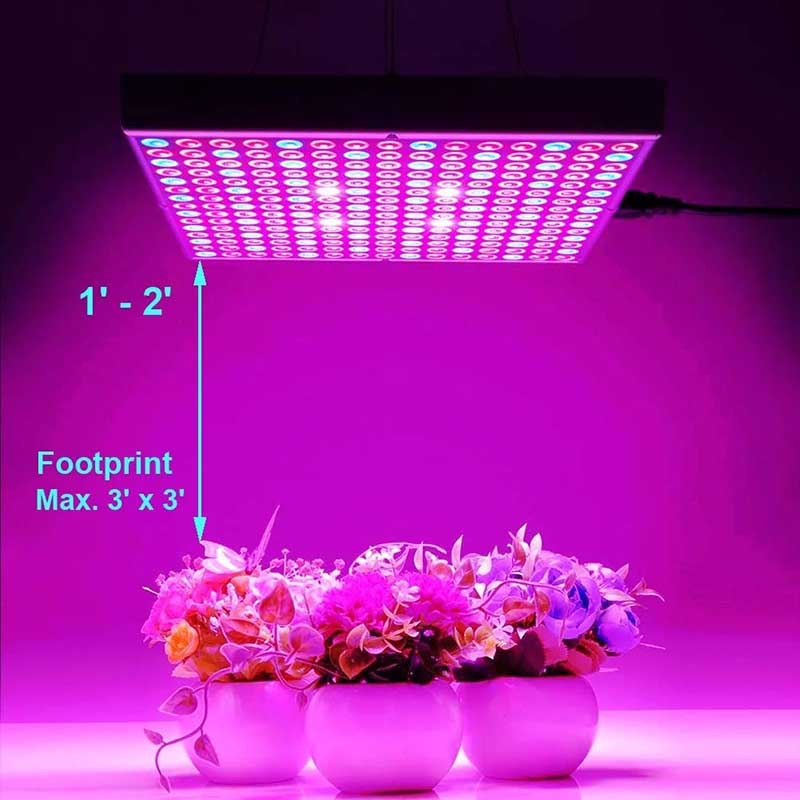
“We know from research that growing plants indoors has many benefits, such as reducing anxiety and stress, increasing productivity and focus, and even promoting healing,” says author and certified professional landscaper Leslie F. Halleck.
“So in terms of health, bringing some nature indoors can have a very positive impact on our lives. In addition to the spiritual benefits, plants bring many aesthetic dimensions to our homes and offices. Plants allow Our interior spaces come to life.”
It turns out that some of these plants also like growing light, at least for part of the year.
What Is a Grow Light?
Grow lights allow us to cultivate various plants indoors, regardless of the season or available sunlight. They use a specific ratio of wavelengths, mostly in the red and blue spectrums, which are ideal for helping plants photosynthesize.
Their effectiveness depends on:
- The intensity of the lamp (known as the photosynthetic photon flux density or PPFD);
- The wavelength (the spectrum of light, known as photosynthetically active radiation or PAR);
- The proximity of the lamp to the plants;
- How much natural sunlight the plants are also getting (like if they are on a windowsill versus in a dark corner);
- What time of year the plant “thinks” it is, based on available supplemental light.
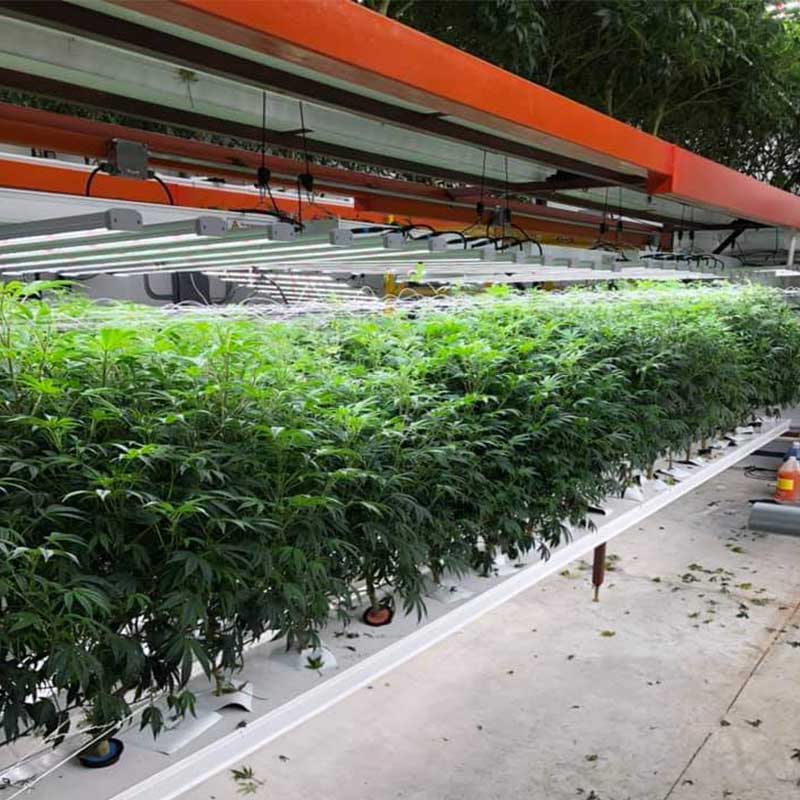
Types of Grow Lights
Which type of grow lights you use depends on what you’re growing. For some plants, it can get pretty complex. Here are the basics.
Here are the three main types of lights for indoor home use: Fluorescent, low-power LEDs and high-power LEDs.
Fluorescent Lights
These are the old school who grew up in the bright world. Before the advent of dazzling LED lights, they were the overlords in this field. They’re not as durable as LEDs, bulkier, and less sustainable, but they’re easy to find and still a worthwhile option.
Halleck recommends the HO T5 fluorescent lamps, which produce less heat than older bulbs and are more energy efficient. Handle with care; some fluorescent lamp ballasts contain mercury. If you have fluorescent lights but want LED lights, some LED alternatives look like fluorescent tubes.
Pro tip: Fluorescent lamps have a ballast inside the fixture to generate heat, so some of them will be hotter than others. This means that plants under ballast sometimes experience heat stress.
LED Lights
These fluorescent lamps have lower electricity bills and a longer lifespan than fluorescent lamps, but good quality fluorescent lamps tend to be more expensive. The challenge with LEDs is figuring out if the intensity is enough, since wattage is not an accurate measure of LEDs.
“We can measure the photosynthetically active radiation (PAR) of how many photons the light emits, which is related to wattage, but using wattage is really not a useful specification,” said Jonathan Eba, a domain expert in Cooperative Extension at the University of New Hampshire .
“Reputable manufacturers publish information on the intensity (of their growth light), expressed in moles of useful photons transmitted per second per square meter. A mole is a number, 6 plus 23 zeros. This is one of the ways we count photons. a method.”
Low-power LEDs are cheap LEDs that come first in your online shopping searches, like dandelions. They are usually good foliage houseplants or small succulents. But they don’t do much for plants like tomatoes, citrus, and herbs that need bright light.
Many lights glow pink or purple, so if you don’t want to see that color in your living space, Halleck recommends looking for those full-spectrum or broad-spectrum whites.
High powered LEDs are great for edible plants, larger floor houseplants, and pretty much anything that isn’t a windowsill plant. To get sufficient light intensity (PPFD), you basically get what you pay for.
“There are a lot of cheap grow lights on the market right now, so I usually recommend buying American-made lights,” Halleck said. “I’ve found the quality and longevity to be better, as well as shipping and customer service.”
Other household lights are less suitable for plant growth. Incandescent lamps become too hot, flooding the spectrum with yellows and greens, which are not good for promoting photosynthesis. Halogen lamps extinguish excess heat and are poor in energy efficiency.
Note: Another consideration is light spectrum. Lights are broadly divided into cooler and warmer spectrums. Cooler lights (>5,000K) better support leafy growth while warmer lights (<5,000K) encourage more flowering. “However, most plants will grow just fine under a balanced broad spectrum grow light,” says Halleck.
How To Use Grow Lights
Succeeding with grow lights will be a process of trial and error. So have fun, experiment and don’t get discouraged too quickly.
Here are a few steps to help you succeed:
- Choose your bulb wisely.Figure out what you want to do before you buy a lamp. Remember: More expensive lights may only take a fraction of the time of less expensive lights. “If you’re growing seedlings for transplanting, you should install some very bright lights, like two to four T5 fluorescent lights,” Eba said. “Most indoor plants are suitable for low-light conditions. In this case, buy A small $30 grow light and putting it in a window to add light might be perfectly adequate.”
- Put the lights close to the plants.“The closer you are to the crop, the more light the plant will use,” Ebba said. Each light is a different length, but 6 inches is a good rule. If a beam of light is a foot or two away, it The intensity drops dramatically, by about 75%. If you’re using a row of store lights, hang them on adjustable chains so you can easily move them around as the plants grow.
- Use a timer.Some plants do better under consistent daily light. “If you have a plant that is day-length sensitive, giving it eight hours one day and then 22 hours the next might be confusing,” says Ebba.
- Research the amount of light each plant needs.Think of a plant’s light needs as filling a bucket, Eba said. That bucket was full of photons. The speed at which it fills depends on the intensity of the growing light and the natural light the plant gets. Most houseplants have small buckets, lettuce is slightly larger, and fruit and ripe tomatoes have large buckets. “Most herbs grow at higher elevations and get more sunlight,” Eba said. “As for my herbs, I keep them on bright windowsills and hang store lights over them, 14 a day. hours, except for sunlight, or 22 to 23 hours if there is no sunlight.”
- Mimic the day length the plants are used to.This has no effect on all plants, but can affect some plants, especially basil. “Plants that have evolved in temperate regions know the month based on the length of the night, so some of those plants will do different things, like bloom, or stop blooming, based on the number of hours they sense light,” Ebba said. “But plants near the equator Matter does not have this response because the daytime lasts 12 hours throughout the year.”
- Don’t forget the water. It’s actually a myth that succulents like aloe don’t like ample water. Usually, they aren’t getting enough sunlight to use all the water. Also, for seedlings, keep them evenly moist. If they look stretched with lots of space between their leaves, they need more light.
- Maintenance and safety.Clean the lighting for repairs, but be careful. “People’s window gardens are a delightful mix of water and electricity,” Eba said. “Just be careful. Don’t get these things wet.”
We have over 15 years of commercial lighting R&D experience, 50+ LED lights patents, 200+ LED Lights Certifications, Support OEM & ODM, 3/5 Years Warranty.Our products Explosion Proof LED Lights,Temporary Work Lights , LED Dock Lights , LED Vapor Lights, LED Light Towers, LED Balloon Lights, UFO LED High Bay Lights, Adjustable Wattage Colour Light, Linear LED High Bay Lights, LED Gas Station Lights, LED Canopy Lights, Stop Signs, LED Street Lights, LED Flood Lights, LED Post Top Lights, Fishing Lights, LED Wall Pack Lights, Swimming Pool Lights, LED Shoebox Lights, LED Road Stud Lights, LED Garden Lights, LED Bollard Lights, LED Parking Lot Lights, LED Skylights, LED Exit Signs, LED Badminton Hall Lights, LED Grow Lights, LED Linear Lights, LED Selfie Lights, LED Classroom Lights, LED Ceiling Fans, LED Ceiling Lights, Solar Street Lights, Solar Post Top Lights, Solar Explosion Proof Lights, Solar Wall Pack, Solar Road Studs , Solar Flood Lights, Solar LED Bollard Lights , Solar LED Garden Lights, Solar Smart Benchs , Solar Warning Lights, Solar panels, LED Corn Light Bulbs, LED Modules Kits, Power Conversion Kits, Garden Light Retrofit Kits, Stubby Light retrofit Kit bulb, High bay Retrofit kits, LED Retrofit kits, Magnetic Retrofit Kits, Neon Signs, Motif Lights, Christmas lights, Neon LED Lights, Neon Strip Lights, Commercial LED Projectors, Light up UAV, Solar panel Kits etc,which can be widely used in commercial, industrial, residential, and other different occasions.Our factory has an experienced and skilled R&D team, dedicated to constantly innovate, improve product performance and quality. We also have a complete production line, from design, manufacturing to testing, every link goes through strict quality control, to ensure that each product can meet the needs and expectations of customers.We pay attention to customer experience, provide personalized services, and customize the most suitable lighting solutions according to customers' needs and requirements. We also provide comprehensive after-sales service, providing technical support and maintenance services to make customers' experience more smooth and satisfactory.BBIER® adheres to the principle of "quality first, customer first", and is committed to providing customers with high-quality products and services, becoming a trusted partner of customers. We will continue to innovate and improve, bring more value and contribution to customers.
50+ LED Lights Patents
200+ LED Lights Certifications
Support OEM & ODM

DLC
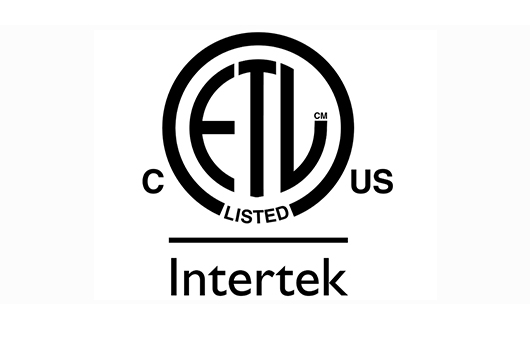
ETL

ISO
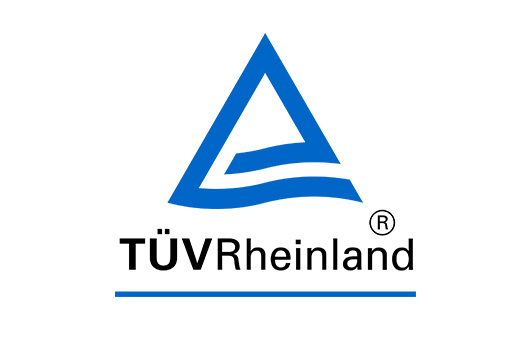
TUV
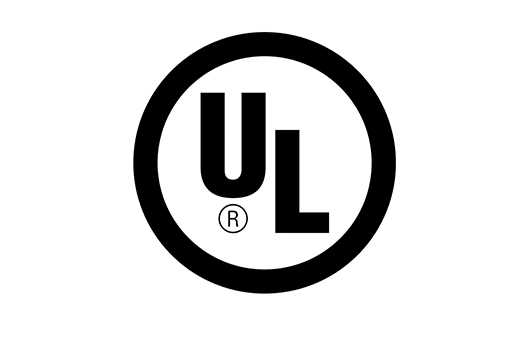
UL
WhatsApp:
Tel:
Email: info@bbier.com
Headquarter: No.4/F Bldg 5, 37 Kengwei Ave., Shiyan Town, Bao'an Dist., Shenzhen 518108, China
USA California Warehouse: 42410 Winchester Rd., Temecula, CA 92590




